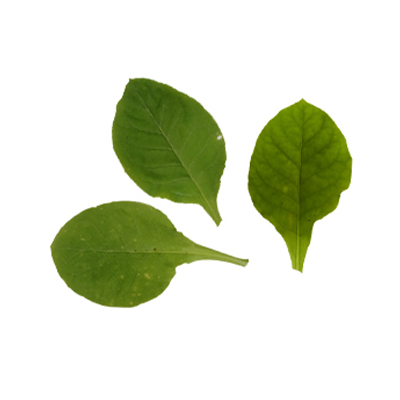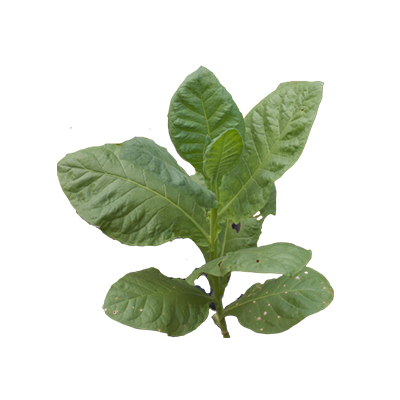Tobacco
Nicotiana tabacum L.
Solanaceae
Location in our garden
Principal
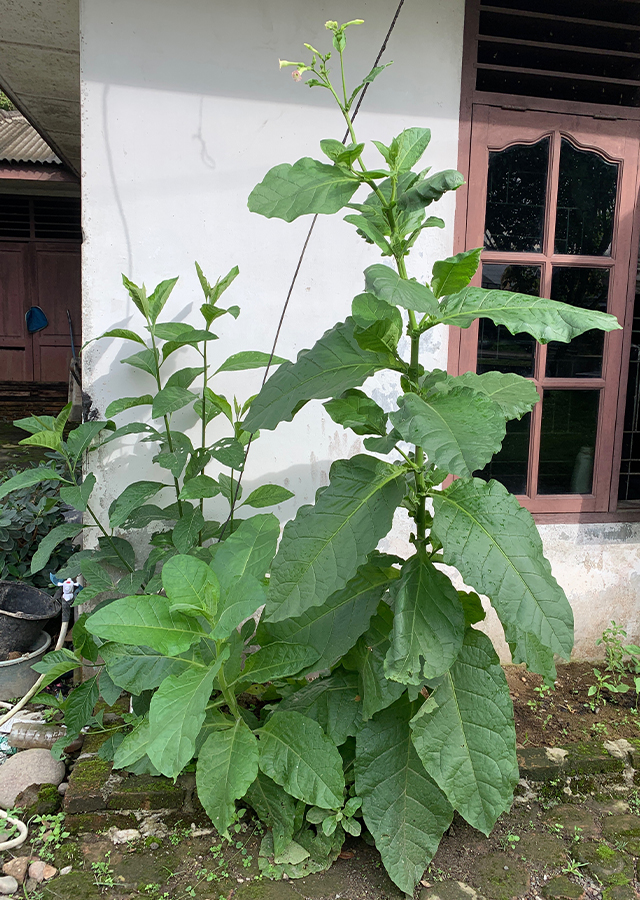
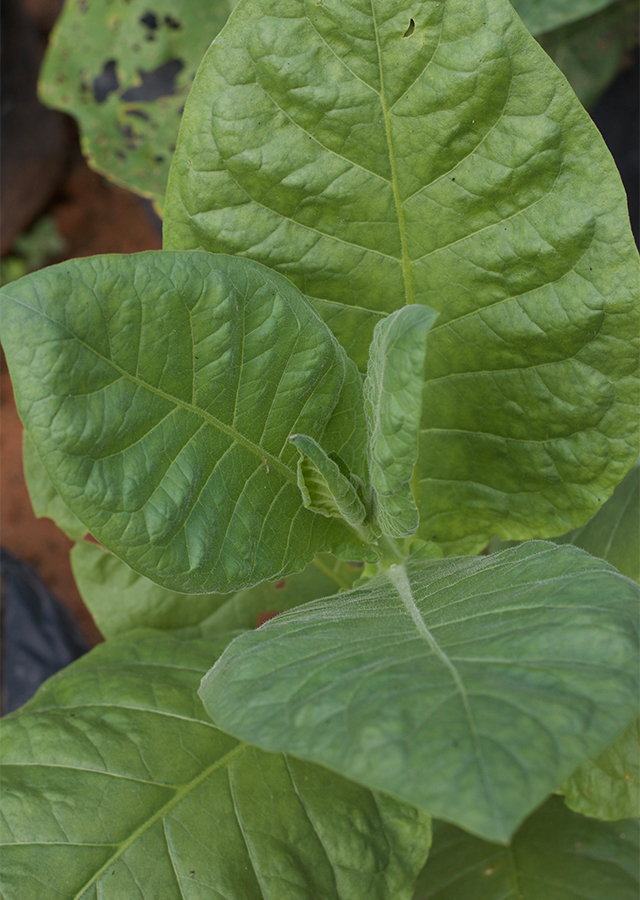
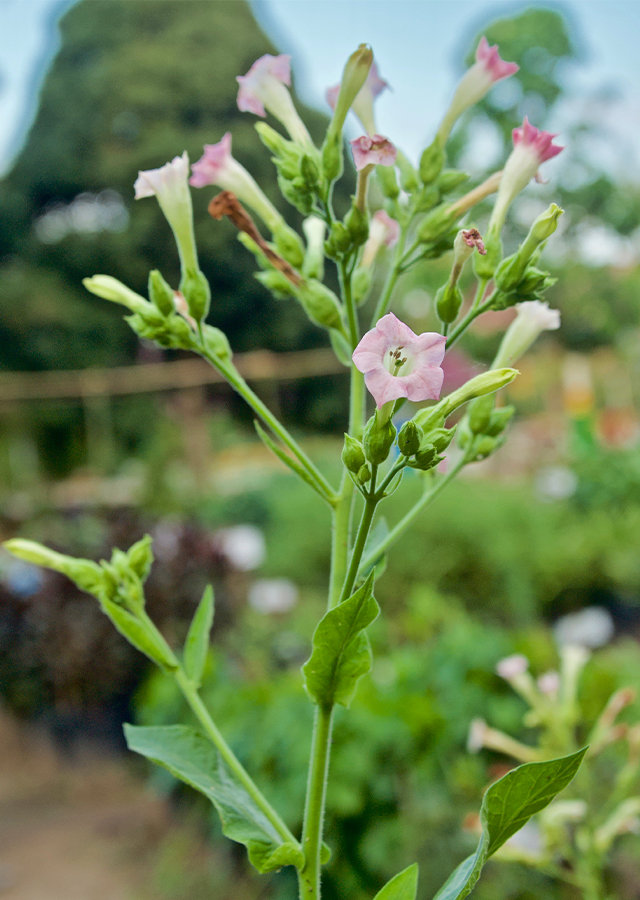
Synonym
Nicotiana alba Mill.
Nicotiana alipes Steud.
Nicotiana angustifolia Mill.
Habitus
Shrubs. An annual or short-lived perennial, erect, grow 70-250 cm tall
Part Used
Leaves
Growing Requirements
Full Sunshine
Habitat
Terrestrial
Overview
Tobacco is thought to be of American origin, but it has been widely introduced for cultivation across the rest of the world. It is well-represented in the West Indies, Mesoamerica, South America, and the Pacific Islands. It has been widely cultivated beyond its native range for several hundred years to produce the commercially significant crop tobacco, and it has naturalized in many non-native regions. When consumed internally, the plant is an addictive narcotic and should be used with extreme caution.
Vernacular Names
Tabaco (Spanish), Tabac (French), Yan cao (Chinese), Tembakau (Malaysia), Virginischer Tabak (German), Tabako (Tagalog-Philippines), Duma (India), Tabak (Dutch), Say-ywet-gyi (Burmese), Tabacco (Italian).
Agroecology
A plant of moderate elevations in the tropics, found at elevations from 800-1,800 m. Grown at lower elevations in the subtropics and temperate zone, succeeding at latitudes between 60 °N and 40 °S. It grows best in areas where the mean annual temperature falls within the range 15-30 °C, but can tolerate 7-35 °C. Prefers a mean annual rainfall of 500-750 mm, tolerating 350-3,000 mm. Prefers a well-drained deep rich moist soil in a sunny position also prefers a pH in the range 5-6.5, but tolerates 4.5-7.5.
Morphology
- Roots - with a well-developed taproot.
- Stems - unbranched plant.
- Leaves - large, elliptic-ovate to oblong or obovate, 10 to 30 cm long or longer, narrowed by the base, and sessile or short-stalked.
- Flowers - green calyx, ovoid or tubular, 1 to 1.5 cm long, with five triangular lanceolate teeth. Corolla is white and pink, linear, funnel-shaped and about 5 cm long.
- Fruits - capsule, ovoid, 1.5 to 2 cm long, with very numerous white seeds.
- Seeds - numerous, ca. 0.5 mm long, globose to oblong, testa wavy reticulate.
Cultivation
It propagated by seeds. The seed germinates in 10 - 20 days at 20°C.
Chemical Constituents
Alkaloid nicotine (0.6 to 9 %), alkaloids (nicoteine, nicotelline, and nicotinine), anabasine, betaine iamylamine, pyrrolidine, and n-methyl pyrroline, resin, albumen, gum, rutin, tannin, carotenoids, polyphenols.
Traditional Medicinal Uses
- The leaves are antispasmodic, discutient, diuretic, emetic, expectorant, irritant, narcotic, sedative and sialagogue.
- Tobacco has been used as a vermifuge and for the treatment of gastro-intestinal disorders.
- In the Philippines, fresh leaves are used as poultices as sedative and maturative.
- Decoction of dried leaves is used in enemas for expelling certain intestinal worms.
- Dried leaves are nauseating, emetic, sometimes purgative, and styptic.
- Leaves have been used for coughs, whooping cough, hiccups, spasmodic laryngitis, asthmas, pain and rheumatic swelling, syphilitic nodes and skin diseases.
- Tobacco snuff has been used for headache, giddiness and fainting.
- Leaves are applied to the abdomen in colic and gripes.
- The ashes, mixed with oil, are applied to bleeding sores.
- The leaf has been taken internally as a cholagogue to calm the liver.
Part Used
Reference Sources
- Lewis R.S. 2020. Nicotiana tabacum L.: Tobacco. In: Novak J., Blüthner WD. (eds) Medicinal, Aromatic and Stimulant Plants. Handbook of Plant Breeding, vol 12. Springer, Cham. https://doi.org/10.1007/978-3-030-38792-1_9.
- CABI, 2014. Nicotiana tabacum (tobacco). Invasive Species Compendium. Wallingford, UK: CABI. https://www.cabi.org/isc/datasheet/36326. 06-12-2021.
- Tropical Plants Database, Ken Fern. tropical.theferns.info. 06-12-2021.
